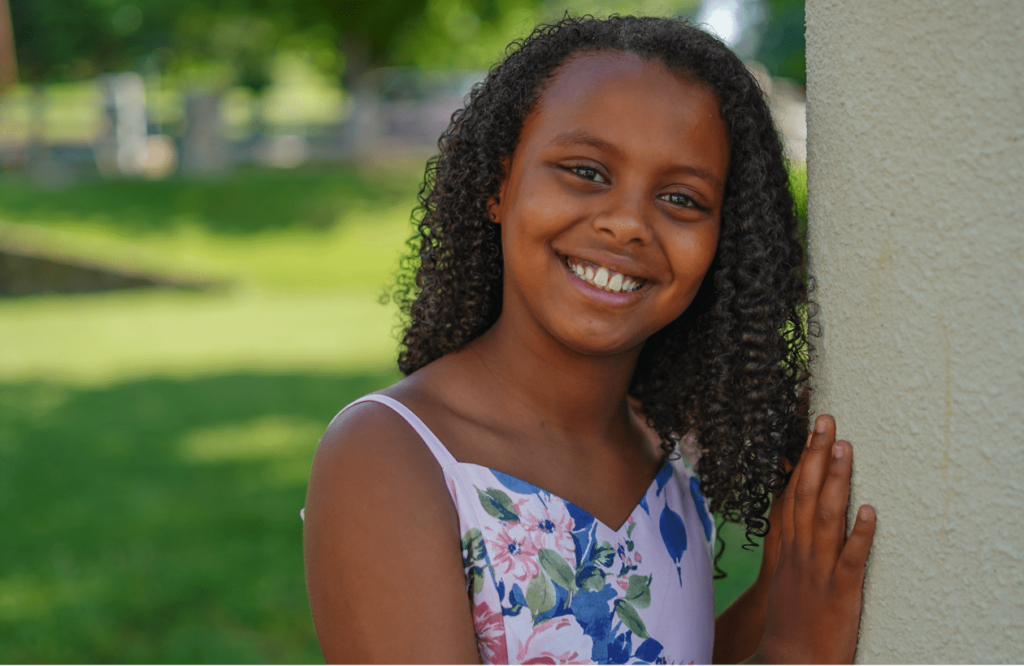
About central precocious puberty (CPP)
CPP at a glance
Central precocious puberty (CPP) is a condition that causes early sexual development in children. CPP leads the brain to release pulses of GnRH, the puberty-inducing hormone, as early as age 2. CPP is a treatable, non-lifelong condition, with no underlying medical problem causing it in most cases.
CPP Facts

How common is CPP?
CPP affects about one in 5,000 to 10,000 children globally.

What ages are impacted by CPP?
CPP can affect children as early as age 2, however, puberty occurring before the age of 8 for girls and 9 for boys could be a sign of CPP.

Is CPP treatable?
CPP is treatable, and it is not a lifelong condition. CPP treatment options vary in dosing frequency and administration method, ranging from monthly to annually. They can be given subcutaneously or intramuscularly, or via surgical implantation.

What causes CPP?
For most children diagnosed with CPP, it arises as an idiopathic condition with no underlying medical problem causing it.

How does CPP impact growth?
If CPP is left untreated, a child’s final adult height can be affected with most boys not growing to a final adult height of more than 5 feet 2 inches, and most girls not growing taller than 5 feet.

How is CPP diagnosed?
A CPP diagnosis is made by a medical specialist called a Pediatric Endocrinologist.
Signs and Symptoms of CPP

Female
- Puberty can cause all types of emotional experiences in the body. Kids with CPP might have emotional reactions that can be described as mood swings. They may become upset quickly or seem overly sensitive to experiences. They also might feel angry, confused or scared without knowing why.
- When a child enters puberty, hormones in the body stimulate oil glands, prompting a build-up of bacteria, oil and dead skin cells. This can cause inflammation of pores. This hormonal reaction is why teenagers tend to experience acne on the face or body after the onset of puberty.
- Growth of hair on the legs, arms and underarms is a normal sign of puberty, however, early growth of hair may be a sign of CPP. This hair may be fine and light colored, or, it may appear thicker, darker or curlier. In children with CPP, this type of hair can appear as early as age 2.
- The presence of breasts or breast buds may be an early sign of CPP. Typically, breast development begins between the ages of 8 and 13. In children with CPP, this may occur much earlier. You may notice a lump below the nipple that can be uncomfortable for your daughter. Breast buds may be present on one or both breasts.
- A normal change during puberty is the growth of pubic hair. However, children with CPP may begin to show these symptoms before you expect puberty to begin. You may notice it is light and straight at first, and over time, it may become dark, coarse and curly.
- Puberty causes the release of hormones that may increase your child’s sweating. This increase in sweat can cause a new, stronger body odor than what you may be familiar with. If this is happening at a younger age before you expect puberty to begin, it may be a sign of CPP.
- Puberty brings with it significant growth spurts for kids. Normally, this happens between 8 to 13 years of age in girls and 10 to 15 years in boys. Children with CPP have higher levels of sex steroid hormones that cause rapid bone and muscle growth, as well as changes in body shape and size.
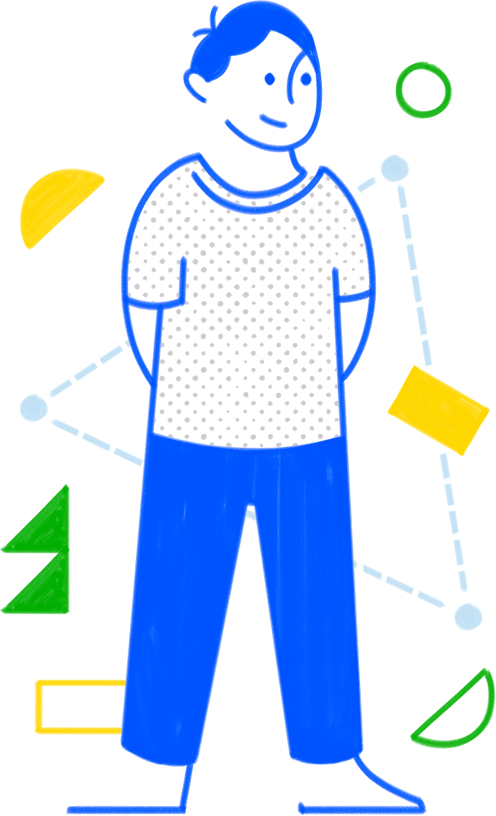
Male
- Puberty can cause all types of emotional experiences in the body. Kids with CPP might have emotional reactions that can be described as mood swings. They may become upset quickly or seem overly sensitive to experiences. They also might feel angry, confused or scared without knowing why.
- When a child enters puberty, hormones in the body stimulate oil glands, prompting a build-up of bacteria, oil and dead skin cells. This can cause inflammation of pores. This hormonal reaction is why teenagers tend to experience acne of the face or body after the onset of puberty.
- After the onset of puberty, hormones in the system trigger the growth and appearance of facial hair. A typical male will begin to notice facial hair between the ages of 13-16. If your child has facial hair at a younger age, it may be a sign of CPP.
- As children enter into puberty – especially boys – the vocal cords thicken and lengthen. This causes the voice to get deeper, but you may also notice a voice ‘crack.’ If this happens at a very young age, it may be a sign of CPP.
- Growth of hair on the legs, arms and underarms is a normal sign of puberty, however, early growth of hair may be a sign of CPP. This hair may be fine and light colored, or, it may appear thicker, darker or curlier. In children with CPP, this type of hair can appear as early as age 2.
- In children with CPP, you may notice a change in testicle and penile growth earlier than expected. As puberty begins, hormones cause penile growth and the testicles to increase in size, drop lower, and the scrotum may become darker and looser. You may notice pubic hair begins to grow with these changes.
- A normal change during puberty is the emergence of pubic hair. However, children with CPP may begin to show these symptoms before you expect puberty to begin. You may notice it is light and straight at first, and over time, it may become dark, coarse and curly.
- Puberty causes the release of hormones that may increase your child’s sweating. This increase in sweat can cause a new, stronger body odor than what you may be familiar with. If this is happening at a younger age before you expect puberty to begin, it may be a sign of CPP.
- Puberty brings with it significant growth spurts for kids. Normally, this happens between 8 to 13 years of age in girls and 10 to 15 years in boys. Children with CPP have higher levels of sex steroid hormones that cause rapid bone and muscle growth, as well as changes in body shape and size.
Adult Height After Normal Puberty vs. After Untreated CPP
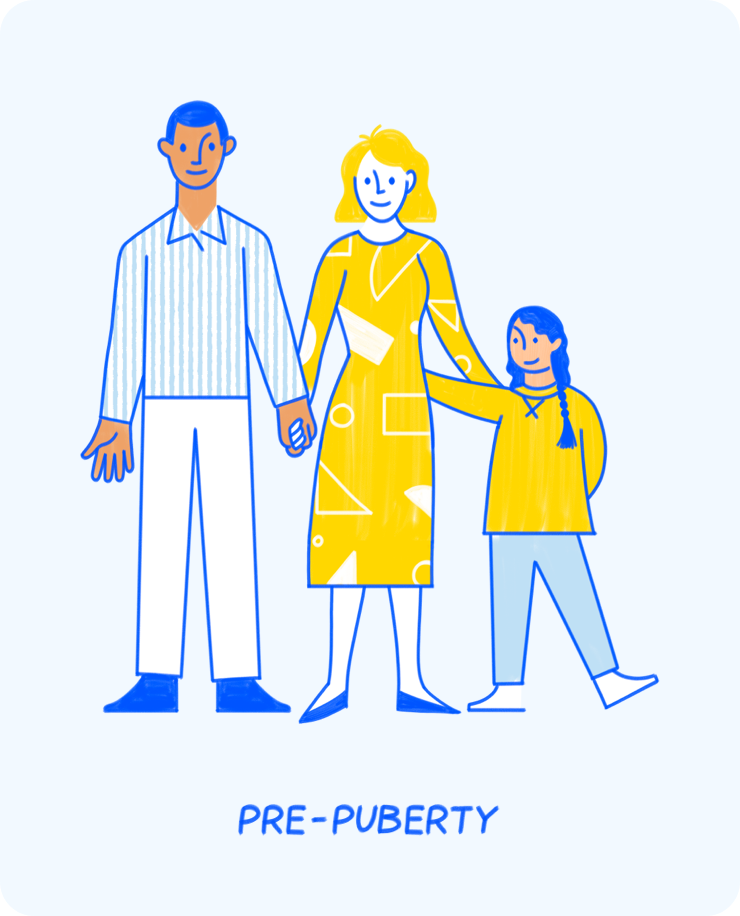
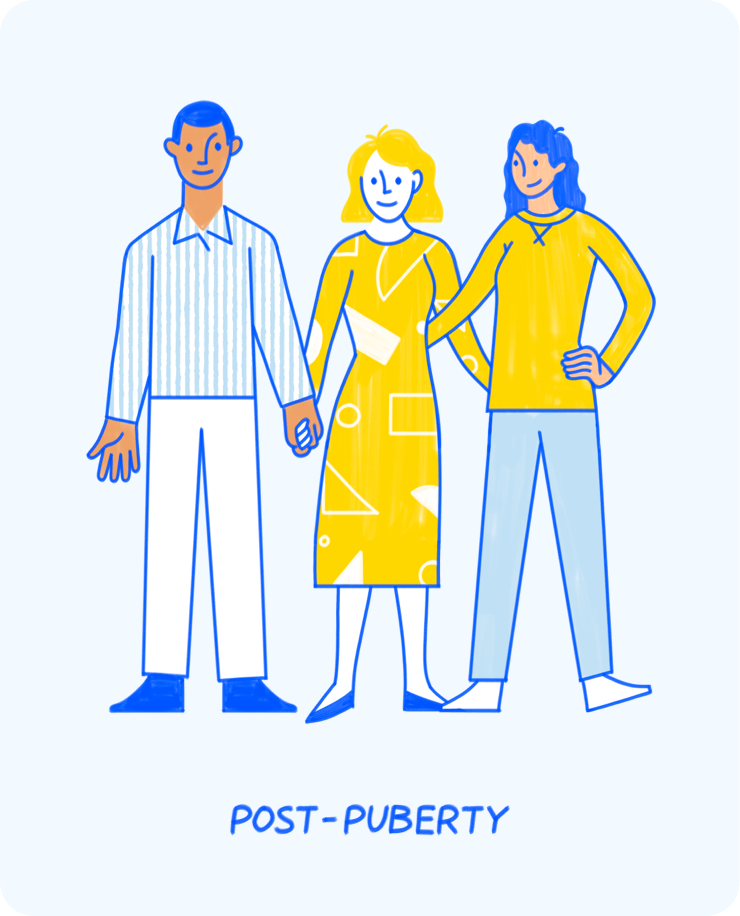
Children with precocious puberty produce high levels of sex steroid hormones at a much younger age. The same hormones that cause breast or testicular development and pubic hair growth also cause rapid bone and muscle growth, as well as changes in body shape and size.
When children’s bones mature more quickly than expected, they experience early fusion of growth plates, which causes their bones to stop growing earlier than they should. So after an initial growth spurt, kids with CPP reach their adult height much earlier than their peers and their final adult height is shorter than would be expected.
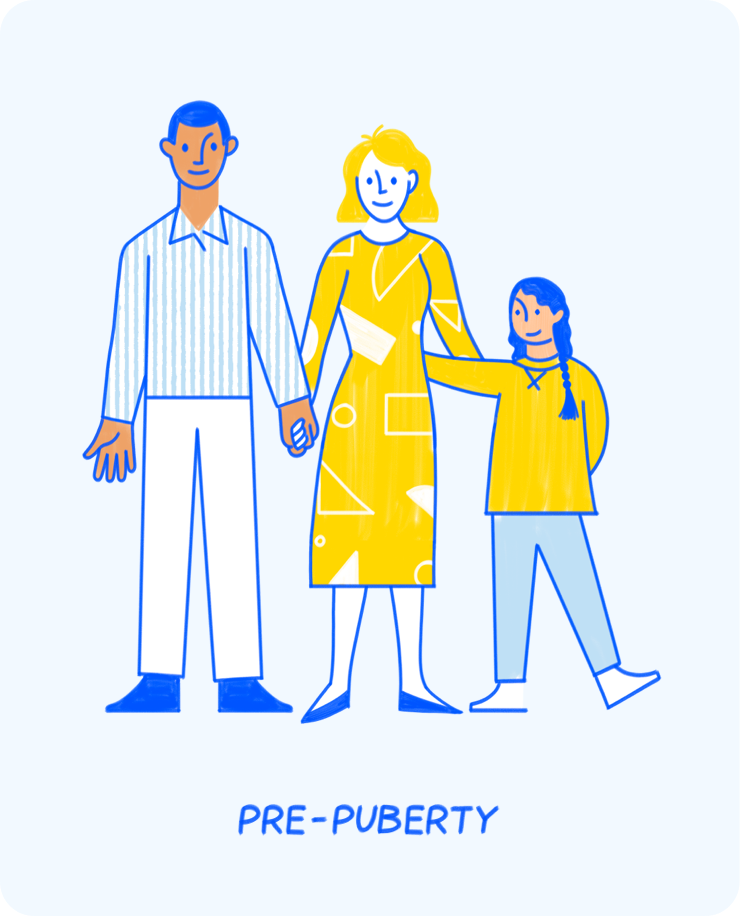
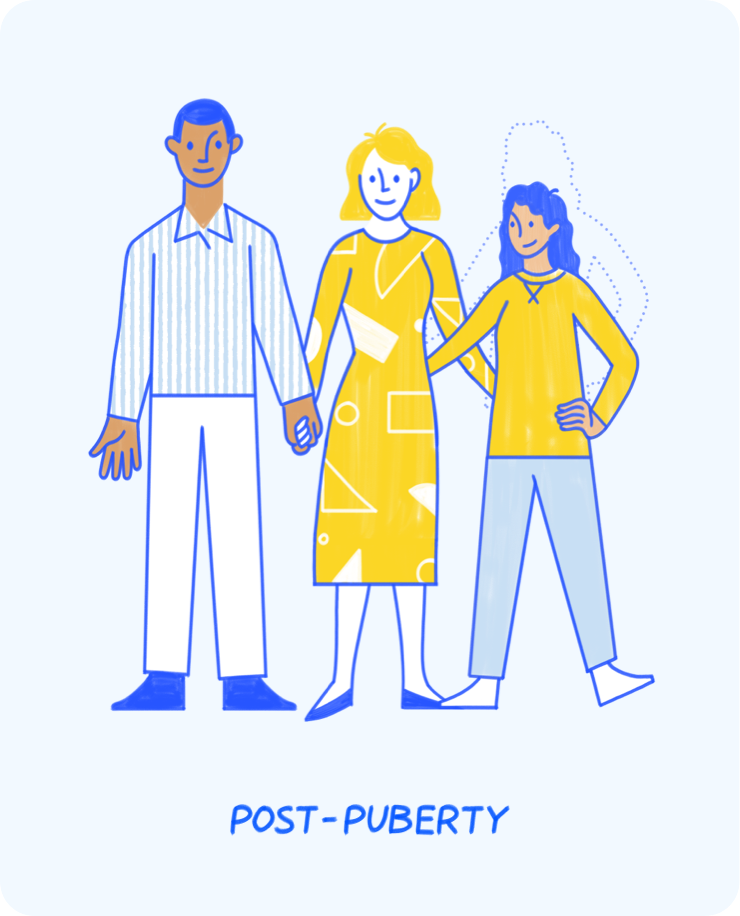
If CPP is left untreated, the child will likely not reach their predicted adult height which is based on how tall their parents are. For example, most boys with CPP will not grow taller than 5 feet 2 inches, and girls often do not grow taller than 5 feet, as opposed to the national height averages of 5 feet 9 inches for males and 5 feet 3.5 inches for females.
Reference:
1. Children’s National. Precocious Puberty.
https://childrensnational.org/visit/conditions-and-treatments/diabetes-hormonal-disorders/precocious-puberty Accessed Feb 8, 2020

CPP JOURNEY
Learn about CPP

CPP JOURNEY
Childhood with CPP
